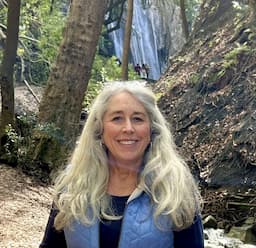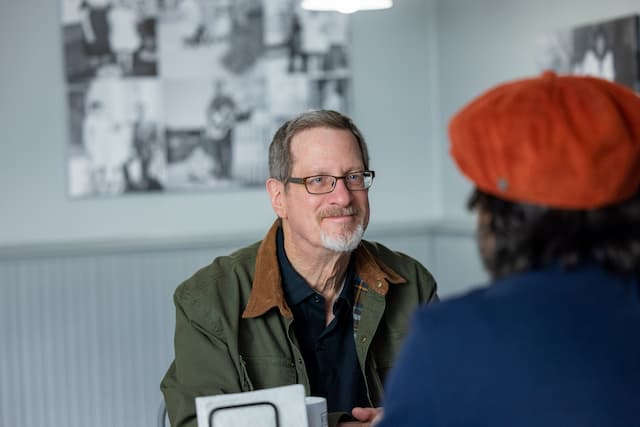Caesarea Philippi and the Golan Heights
This was where Jesus asked his disciples about his identity.

Caesarea Philippi is called Banias (Panias) today, after the Greek god Pan. It’s more than 40 kilometres north of the Sea of Galilee. Jesus took his disciples all that way to get them to ponder his identity. “Who do people say the Son of Man is?” he asked them. And then, “Who do you say I am?” (Matthew 16:13-20 || Mark 8:27-29 || Luke 9:18-20)
Why would Jesus take them to this spot? How would this location cause them to evaluate Jesus in relation to other powers—political, religious, and spiritual? Hopefully it all becomes clear when you see the place.
History just oozes out of Tel Dan. A Tel is a mound where a town once stood. Later another civilization built on the same site. Then another, and so on. The bottom layer at Tel Dan dates back to pre-Israel times, around 6,600 years.
When Joshua divided up the Promised Land, the tribe of Dan was to receive a central region (Joshua 19:40-48). They couldn’t capture that land, so they moved to the very north of ancient Israel (Judges 18). The whole Promised Land was therefore described as “from Dan to Beersheba” (Judges 20:1; 1 Samuel 3:20; 2 Samuel 3:10; 17:11; 24:2; 24:15 etc). (Beersheba was in the Negev, in the south).
Being so far north, the Danites were more isolated and struggled with idolatry (Judges 18:27-31). When Israel split into two kingdoms, the north set up their own gods at Bethel (southern edge) and Dan (1 Kings 12:26-31). The Danites would have fallen first when Assyria invaded in 722 BC (2 Kings 15:29). This whole northern region was lost from Israel at that time. Dan doesn’t even make it into the final listing of tribes in the Bible (Revelation 7:5-8), perhaps as a consequence of idolatry. Archaeological excavations began at Tel Dan in 1966. It’s a fascinating dig down through so many layers of history.
Korazim (Chorazin) was an important town north of Capernaum, but resistant to Jesus’ authority (Matthew 11:21 || Luke 10:13).
Near the modern village of Kursi (Chorsia) are ruins of a cliff town that may be where Jesus healed the man with the legion of demons, though the location is uncertain.
Seeking to understand Jesus in the terms he chose to describe himself: son of man (his identity), and kingdom of God (his mission). Riverview College Dean
View all posts by Allen Browne





